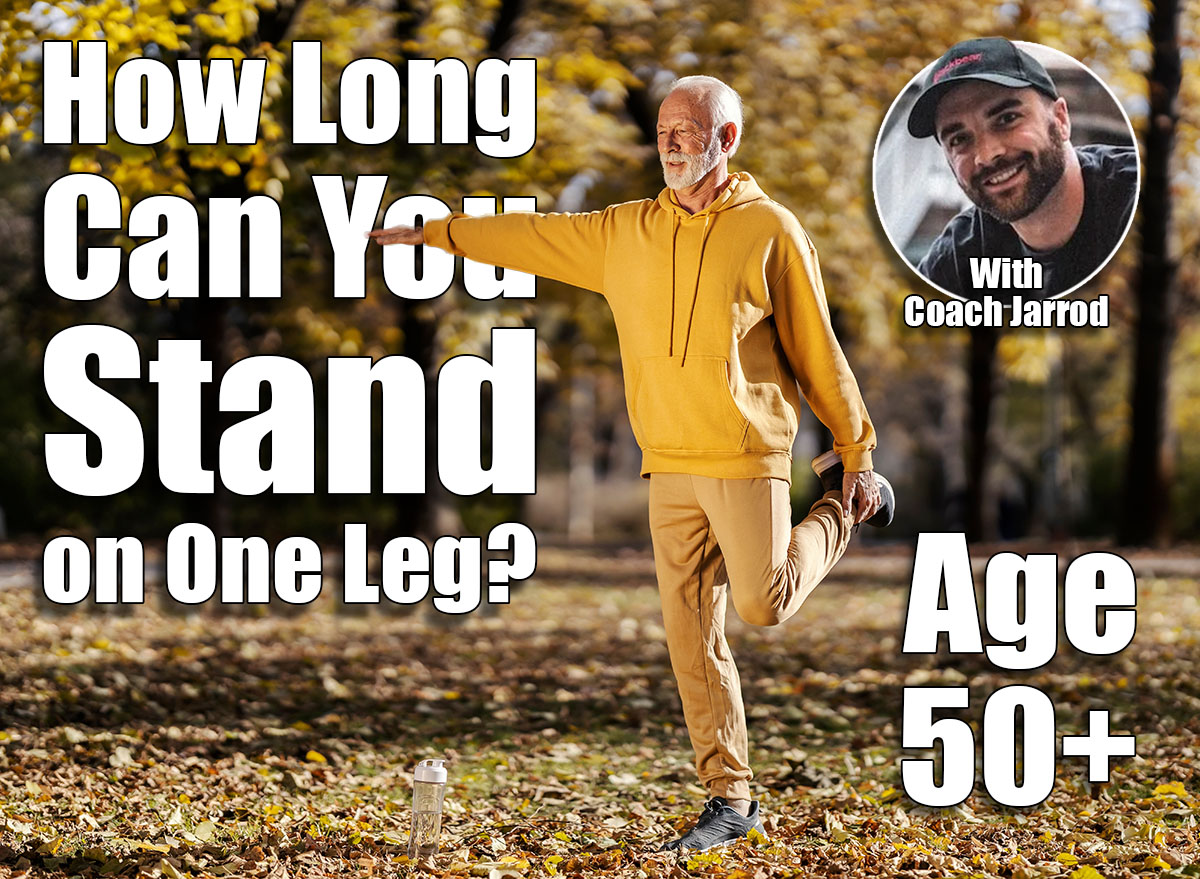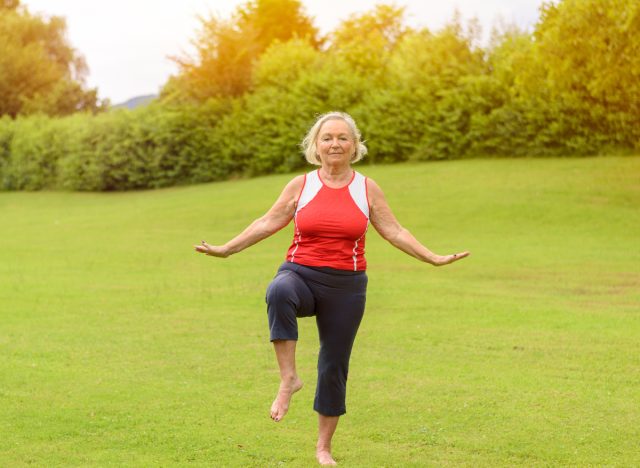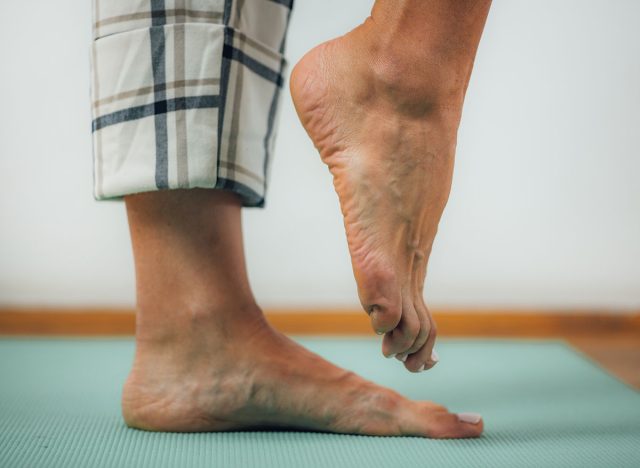If You Can Stand on One Leg This Long at 50, Your Balance Beats Most 30-Year-Olds

Balance is one of the clearest markers of aging well. It is tied to coordination, muscle strength, and how quickly your nervous system responds to shifts in position. A strong sense of balance protects you from one of the most common threats after 50: falling.
An extensive British birth cohort study followed adults who performed one-leg balance tests at ages 53 and again at 60–64. Those who could not hold the stance for at least 15 seconds at both ages were more than three times as likely to suffer recurring falls by age 68 compared to peers who consistently managed 30 seconds. This makes balance ability a powerful predictor of independence and resilience later in life.
Being able to hold your ground—literally—at 50+ shows that your body is staying sharp in ways that many younger adults take for granted. In fact, if you can stand tall on one leg for a steady count, your stability may already surpass that of people half your age.
Ahead, you’ll learn how to perform the one-leg stand test, how to score your results, and the best strategies to improve your balance if you want to keep moving confidently for decades to come.
The One-Leg Stand Test

Why This Matters
Standing on one leg challenges every stabilizing muscle in your body, from your ankles up through your core. It forces your nervous system to fire quickly and keeps your joints engaged in constant micro-adjustments. Balance drills like this also measure proprioception, your body’s ability to sense position and movement in space. Strong proprioception lowers your risk of stumbles and keeps you moving fluidly in everyday life.
How to Do It
- Stand upright with your feet together and arms relaxed at your sides.
- Pick a spot on the wall in front of you to focus on.
- Lift one foot off the ground so that your knee bends at about a 90-degree angle.
- Keep your arms at your sides without using them for balance.
- How long can you hold without placing your lifted foot back down or using your arms for support?
- Switch sides and repeat.
Scoring Your Balance
- 30 seconds or more: Excellent. Your balance is better than most adults in their 30s.
- 20 to 29 seconds: Strong. You are well above the average for your age.
- 10 to 19 seconds: Needs improvement. This score shows balance is slipping and should be a training priority.
- Under 10 seconds: At risk. According to research, this may point to higher fall and health risks, and you should focus on improving balance right away.
The Best Tips for Improving Your Balance After 50

Balance is like strength. The more you train it, the more it improves. Small daily practices can have a huge impact on your stability and coordination.
- Practice Single-Leg Stands Daily: Aim for 2–3 holds per side, working toward 30 seconds.
- Strengthen Your Core: Add planks, side planks, and rotational exercises to stabilize your midsection.
- Train Your Legs: Squats, lunges, and step-ups build the lower-body strength needed to hold steady.
- Move Barefoot More Often: Training barefoot strengthens the small stabilizing muscles in your feet and ankles.
- Challenge Your Balance in Motion: Walking heel-to-toe in a straight line or practicing yoga flows builds dynamic stability.
- Stay Consistent: Just like strength training, the key is repetition. The more often you train balance, the longer you’ll keep it.
Reference
- Blodgett, Joanna M et al. “Prognostic accuracy of the one-legged balance test in predicting falls: 15-years of midlife follow-up in a British birth cohort study.” Frontiers in sports and active living vol. 4 1066913. 9 Jan. 2023, doi:10.3389/fspor.2022.1066913